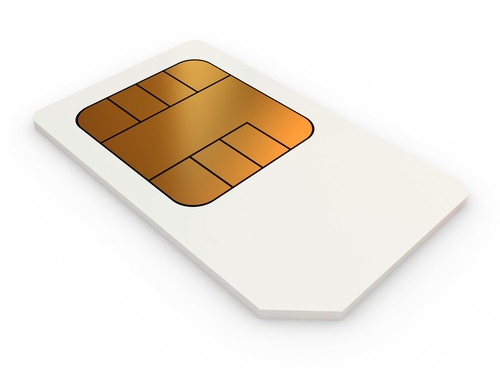
A SIM card, or in its full form, subscriber identity module, is an integrated circuit chip car that is used to receive, store and retrieve GSM data from the global system for mobile communication (GSM) subscribers.
The SIM card was first specified by the European Telecommunications Standards Institute under TS 11.11.
With the appearance of the universal mobile telecommunications system (UMTS) built by the 3GPP, the SIM card specification was transferred to the 3GPP.
What data does your SIM card hold? Find out on the next page.
It was not until 1991 that the first SIM card was unveiled, by Giesecke & Devrient. The card maker sold the first ever lot of 300 SIM cards to Finnish wireless network operator Radiolinja.
The data contained in a SIM card includes things like user identity, location, contacts list, text messages, phone number, etc.
Today, SIM cards have different sizes. There are currently four types of SIM cards: full-size (1FF), mini-SIM (2FF), micro-SIM (3FF) and nano-SIM (4FF).






